Running a small business can be hectic day to day and there are seemingly a thousand moving parts at any given time. Although this is the case, it’s still incredibly important to look toward the future and plan out your goals, both short-term and long-term. One effective way to do this is by designing a vision for the future statement.
This is not only helpful for knowing where you plan to be in five, 10, or 20 years, but it’s something you can communicate with your employees, so they know what you value and where you’re going, too. Here are the top things you should consider when designing a vision for the future.
What is a Company Vision?
A company’s vision is not the same thing as a mission, which often gets confused. A mission is the guidelines and goals you already have in practice, whereas a vision is an idea of where you want to go based on where you currently are. Defining that future comes from the vision statement, which includes:
- Identifying your goals. Write down your business goals in as much detail as possible and define how these goals will equate to success. Be sure to consider the metrics you’ll use to measure that success.
- Define business values. When you define values based on how you wish to conduct business (which may be different from what you are doing so currently), you can determine how these values line up with your goals.
- Keep it simple. If your employees find the vision to be too complicated, it becomes difficult to understand and accomplish. While the vision should be clear and well-defined, keeping it simple ensures you are not splitting yourself in too many directions and that the goals and values you decided on can become a reality.
Create a Timeline and Strategy
Although creating a vision is meant for long-term future goals, there should still be timelines in place to accomplish them. Within your goal list, timelines help you develop specific milestones along the way that help you achieve your overall goal.
Once you feel like you have a concrete vision statement laid out and are ready to take action, that’s where strategy comes into play. Strategy is defining exactly how you will meet your goals. This comes with clear communication with your employees, specific and actionable tasks, and works in tandem with your timeline. You’ll want to define the desired outcome of each action item, how long until metrics need to be evaluated, and how accomplishing each objective will play into the next step.
Figuring out the Financials
Business finances also have a lot of moving parts and identifying and measuring financial goals will be a primary component of creating your vision. Do you have long-term goals for meeting a certain amount of revenue, cash flow, or investment? What does accomplishing that look like for you? At Republic Bank of Chicago, our main priority is helping small businesses feel at ease with their financial goals and helping them build a strategy that works specifically for their needs. Our expert team is always ready to assist, so give us a call at 800-526-9127 to learn more!
For more financial tips and tricks, visit our library of resources.








